Are All Sequels Created Equal? Six Levels Of Sequel Hell
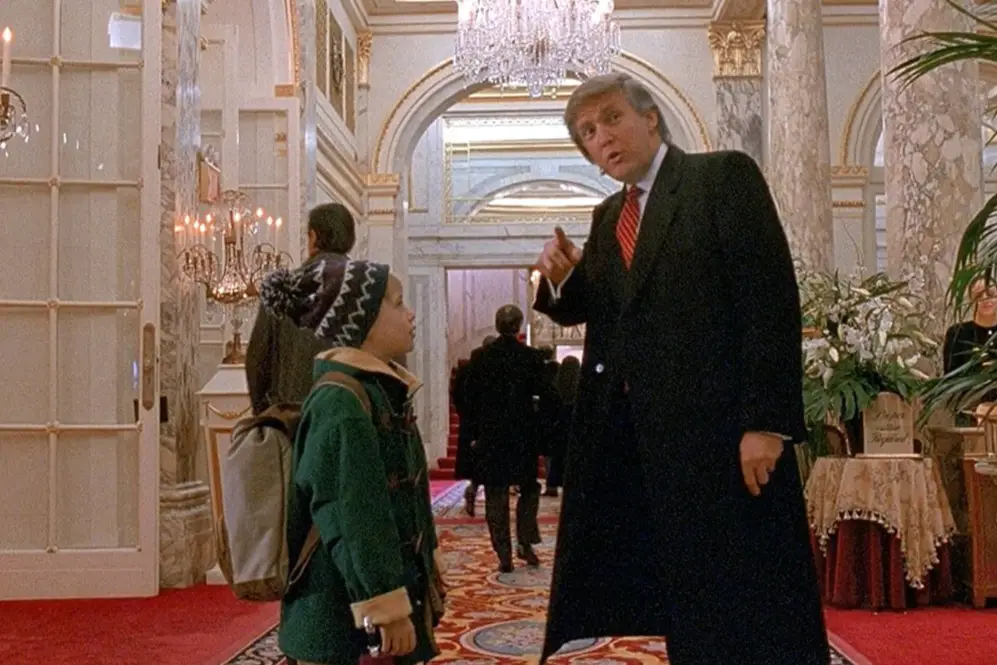
Zac Hestand earned a BA in Film from the University…
To refer back to Dante’s Inferno again, Dante wrote that there are multiple levels of hell. If this reference looks familiar, then yes, you have read this before. In the continuation of Film Inquiry’s unofficial Six Levels of Movie Hell series, today’s new addition will cover territory of the familiar: the sequel.
Much like the remake and ripoff in previous installments, the movie sequel is not a current trend, it is almost as old as film itself. Hollywood was a sequel machine even in the 1930’s with those monster movies released by Universal, and to go back a bit further and abroad, German Expressionist director Fritz Lang made the two-part film, Die Nibelungen, in the 1920’s. Beyond film, sequels can be found in classic literature such as Sir Arthur Conan Doyle’s Sherlock Holmes series and Greek tragedian Sophocles’ Theban trilogy (Oedipus the King, Oedipus at Colonus and Antigone). Sequels, however, are not created equal.
As we re-enter the levels of movie hell a third time (hey, it’s a trilogy!), we will see that some sequels are better and worse than others. The levels are comprised of the original film and their sequel. Scraping at the bottom of the barrel and rising to the top, here are the six levels of sequel hell.
Sequel Nobody Wanted: First Blood (1982)/Rambo (2008)
The first of the Rambo series focused on a man traumatized by war and his attempts to readjust to life back in the US. An encounter with a local law enforcement official triggers awful memories that send him on a rampage. He is defeated in the end, but Sylvester Stallone portrays John Rambo as a lonely, broken man who feels out of place in his native country. First Blood gives us characters we cheer for and sympathize with. Though filled with action, it places second to his battle with inner demons. The series begins to decline after the second film, Rambo: First Blood part II.
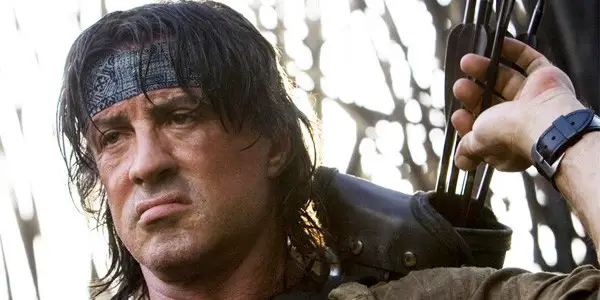
The first sequel brought Rambo back to Vietnam and maintains some of the spirit and entertainment of the original. The second sequel, Rambo III, is a live-action cartoon. A generic 1980’s action film from Stallone’s heyday. In 2008, Rambo got released, a full 20 years after the last sequel, and raises the question, why?
Stallone, like contemporaries Schwarzenegger and Van Damme, is too old to be an action star. Besides that, there are no more stories to tell about Rambo. The character of Rambo is far removed from the first film in that all inner-conflict is gone and all we have left is a series of incoherent action sequences with no story or sympathetic characters. It’s a forgettable, empty movie that no one demanded back. Some movies are worth the wait (as we’ll later read) but John Rambo should have stayed in the 1980’s.
Cash In: Teenage Mutant Ninja Turtles (1990)/Teenage Mutant Ninja Turtles II: Secret Of The Ooze (1991)
A sequel is not made to give movie studios something to do, but they’re made to make money. Hollywood is called show business after all. While there is nothing wrong for a studio to produce a sequel to make more off a successful property, it is wrong if the cash in is rushed and made carelessly.
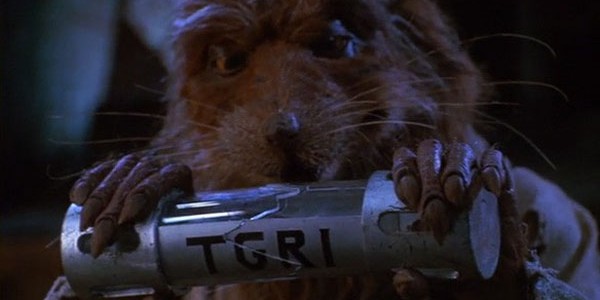
Teenage Mutant Ninja Turtles was one of the biggest box office smashes of 1990. It had a good story ( many subplots were pulled from the 1984 comics), good fight sequences and character designs from the Jim Henson Creature Shop. Naturally, a sequel would be made, but came out just a year later, with questionable new quality.
While the first movie followed the tone of the comics, the second one followed the animation program still on TV. The film is goofier, and for a movie about ninjas, the turtles never use their weapons. Producers stuck too closely to popular trends, and vocal parenting groups, and focused on a quick buck instead of a quality movie. The Vanilla Ice cameo doesn’t help either.
With this cash in, the story is paper thin and looks more like an 88 minute toy commercial and pizza ad. It deviated too much from what made the first movie enjoyable. However, it is not wise to follow the original too closely. When that happens, you get the next kind of sequel in this hell.
Carbon Copy: Home Alone (1990)/Home Alone 2: Lost In New York (1992)
Like Teenage Mutant Ninja Turtles, Home Alone is another huge hit from 1990. It made Macaulay Culkin a huge star and the movie a contemporary holiday viewing classic among families. Naturally, of course, a sequel would follow too, and like the Turtles, cash in on the film’s popularity. Unlike the Turtles, it didn’t deviate away from the source. Instead, they made almost the exact same movie, but in a new location.
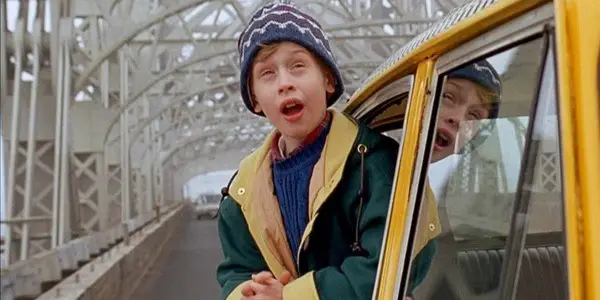
This is an example of a lazy sequel, where the filmmakers copy-and-paste the skeleton of the original and add different flesh to it. Culkin is left alone (Chicago house in the first, New York hotel in the second), he befriends a misunderstood loner who saves him in the end (quiet neighbor in the first, homeless lady in the second), he tricks stupid adults with the audio of a movie (pizza delivery guy in the first, hotel staff in the second) and sets booby traps for Daniel Stern and Joe Pesci (his house in the first, an abandoned building in the second). I could go on, but the similarities are far too numerous to detail.
This type of formulaic writing is not only lazy, if it goes on, it kills franchises. Years later, they made a third movie with a different child actor doing the same antics. More sequels followed, and the Home Alone series is now in the straight-to-video realm of movies, no longer the big office draw due to this copy-and-paste screenwriting. With continuous repeat formulas, sequels run the risk of going up to this next level.
Runs Out Of Steam: Taken (2008)/ Taken 3 (2014)
Like the carbon copy, the “runs out of steam” sequel does a copy-and-paste not once, but twice or more. What once made a series so exciting and fresh transforms into stale and predictable. Case in point with the Taken series.
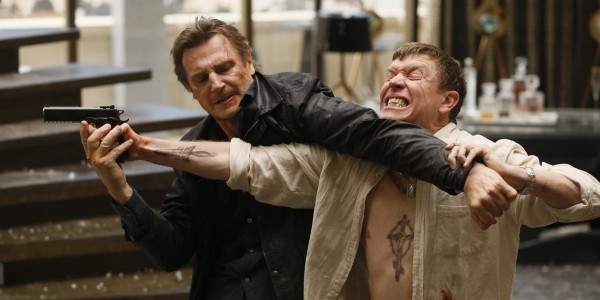
The first Taken is an exciting and fun movie. Bryan Mills (Liam Neeson) goes to Europe to rescue his daughter from human traffickers. He uses his “particular set of skills” and gets her back. In Taken 2, the filmmakers made the daughter the hero this time as she tries to rescue mom and dad in Turkey. When the third movie came along, who is left to be rescued?
Taken 3 contains no new ideas and resorts to Mills rescuing himself in Los Angeles (he’s accused of murder, so in a way, must “rescue” his innocence). His “particular set of skills” are now on cruise control, and this family can only have so much danger happen to them. The series runs its course with the first two, and this third installment is unnecessary and squeezes the remaining life out of this fun action movie.
Worth The Wait: Mad Max (1979)/ Mad Max: Fury Road (2015)
Typically, sequels are released just a few years after the first installment, while the original is still fresh on the minds of audiences. However, other sequels have much longer gaps of release, like Rambo, and are met with mixed results. There are underwhelming ones like Indiana Jones and the Kingdom of the Crystal Skull, a 19 year gap between the last installment, and most wished it remained a trilogy. Then there are others like Mad Max: Fury Road, 30 years (a genuine generation gap) from the last installment, and it is amazing.
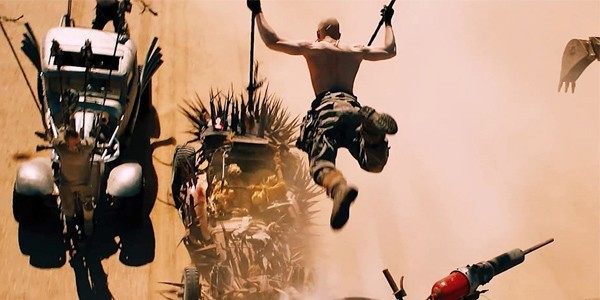
Mad Max: Fury Road was in development as far back as 2004 with Mel Gibson still in the lead. Years of delays and the lead actor changed to Tom Hardy worried some, but we waited until the film got released. Needless to say, the fourth addition of this series is well worth it.
George Miller returns to make a giant chase movie , with mostly practical effects, loads of stunt work and incredible energy to keep our hearts pumping and our eyes glued to the screen. Miller also gives a wonderful addition to his series in the form of Furiosa (Charlize Theron), a strong and brave female character that joins the ranks of female action icons like Ellen Ripley and Sarah Conner. I highly anticipate the next film, hoping it doesn’t take another 30 years.
Better Than The Original: Friday the 13th (1980)/ Friday the 13th:The Final Chapter (1984)
Before delving into this, let me state these opinions: The Dark Knight is better than Batman Begins, Evil Dead 2 is better than Evil Dead and The Empire Strikes Back is better than Star Wars: A New Hope. We all know this, so let’s be a little different. Friday the 13th: The Final Chapter needs its time to shine.
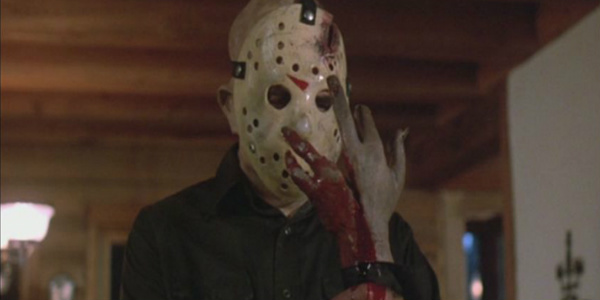
Friday the 13th is not a good movie. The characters are unlikable, parts of the score bares too close of a resemblance to the Psycho score and the killer isn’t Jason Voorhees, it’s his mom. Besides the lousy characters, the film lacks humor (not enough over-the-top kills or ridiculous dialogue). Friday the 13th: The Final Chapter, the fourth in the series, makes up for what the original lacked.
What makes the sequel fun are the two subplots: a family of three staying at their vacation house, with Corey Feldman as the weird son that makes Halloween masks and the house across the way filled with horny goofball college students having a booze-up holiday. Crispin Glover plays a hapless loser in the college group trying to score, and it’s hilarious. Also, Jason Voorhees is the killer and the kills are, well, over-the-top. The film ends with Corey Feldman shaving his head, talking in a weird voice and using Jason’s ax against him. Yeah, it’s better than the original with this information alone.
Equal Sequels: Final Thoughts
As long as people pay theatre admission, watch those made-for-TV Sharknado movies and stream material from their streaming services, there will be sequels. As long as we watch movies, they won’t go away anytime soon. Comic book movies alone keeps the Hollywood sequel machine churning them out.
As you see, not all sequels are created equal. However, there are loads of fun ones out there. With the summer movie season as a peak time for sequels, I hope there are some good ones to watch out there.
Are there more levels to sequel hell? Are there films you wish I included? Please comment below.
Does content like this matter to you?
Become a Member and support film journalism. Unlock access to all of Film Inquiry`s great articles. Join a community of like-minded readers who are passionate about cinema - get access to our private members Network, give back to independent filmmakers, and more.
Zac Hestand earned a BA in Film from the University of Nevada Las Vegas, and MA in English from the University of Sheffield. He is currently at work on his first book.













